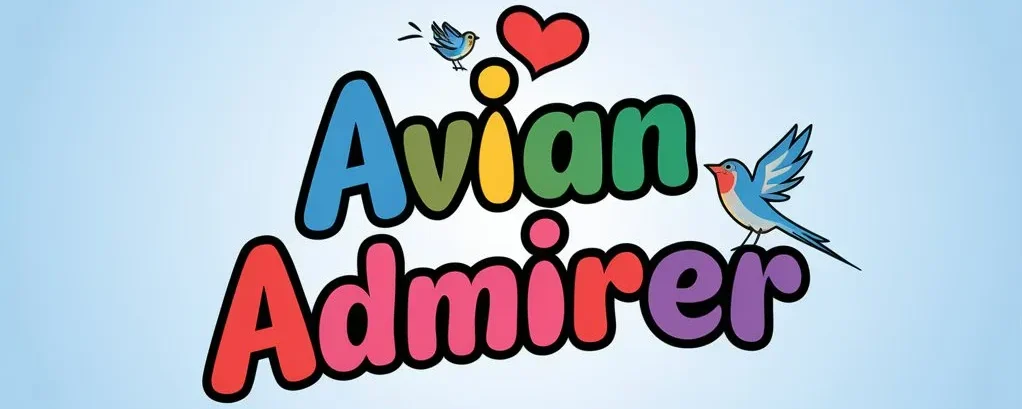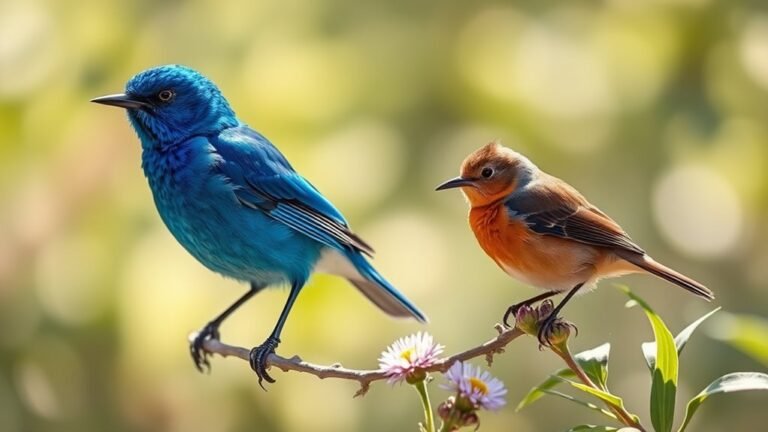Why Do Birds Fly in Formation? The Science Behind V-Shape Flight
Have you ever noticed birds flying in a V-formation? This pattern is not random; it offers important benefits. The V-formation helps birds save energy, improve communication, and fly more efficiently during migration. As they stay in formation, birds also show social behaviors that contribute to their success. Let's take a closer look at how V-formation flying works.
Key Takeaways
Birds fly in V-formation to save energy. The leader creates an updraft, which helps followers reduce aerodynamic drag. This layout also encourages communication and social bonding among flock members, fostering team unity and synchronized movement.
Leadership within the flock is shared, allowing birds to take turns as leaders. This role-switching helps maintain group unity, especially in difficult situations. Birds use natural cues, like the position of the sun and landmarks, to find their way during migration. This knowledge aids younger birds in learning routes effectively.
The cooperation and dynamics of flock leadership help birds travel further and with less fatigue. This showcases the advantages of teamwork in nature and highlights the intelligence and adaptability of birds on the move.
The Benefits of V-Formation Flying
Birds flying in V-formation create an impressive sight and use energy more efficiently. This formation helps birds communicate and interact socially, which strengthens their group cohesion.
Each bird in the V-formation can see others, allowing them to move in sync and stay together. The bird at the front breaks through the wind, providing lift for the others. This position is shared among the flock, so every bird takes a turn leading.
This shared responsibility fosters unity and a sense of belonging, which is important for their survival. Therefore, V-formation isn't just about flying; it highlights teamwork and community among birds.
Energy Conservation and Aerodynamics
Birds flying in formation save energy. In a V-formation, the leading bird creates an updraft. The birds behind can glide and use less effort. This setup improves energy efficiency, helping birds conserve strength as they travel.
Because of this teamwork, migratory birds can cover longer distances without tiring. By flying together, they enhance their ability to move while also supporting survival. This example shows how cooperation in nature improves both individual strength and overall success.
Communication and Coordination Among Flock Members
Effective communication and coordination among flock members are crucial for maintaining a flying formation. Birds use social signals to convey their intentions. For example, a quick flap of wings or a call can signal a change in speed or direction. This helps the flock stay united and responsive.
Birds watch each other closely, adjusting their positions to keep the formation, which improves aerodynamic efficiency. This network of signals ensures every bird feels connected and aligned, boosting both efficiency and safety.
Observing these interactions enhances your understanding of bird behavior and highlights the social structures that support their migrations.
Navigational Strategies in Bird Migration
As birds begin their migrations, they use various strategies to navigate their paths. These strategies help them travel long distances accurately along specific routes:
- Celestial navigation: Birds often follow the sun, stars, and Earth's magnetic field. This helps them stay on course.
- Environmental landmarks: Birds identify and follow physical features like rivers, mountains, and coastlines. These landmarks create a mental map for their journey.
- Social learning: Young birds learn from older, experienced birds. They watch and follow them, picking up navigation cues from their flock.
These strategies show that birds have a strong connection to their environment, which supports their migration and links them to their habitats.
The Role of Leadership in Flock Dynamics
Birds in a migrating flock often rely on strong leaders to guide their journeys, especially during tough conditions.
Some leaders take a direct role, paving the way through bad weather. Others are more supportive and allow experienced birds to lead. This creates clear roles within the flock, which helps them move efficiently and save energy.
Good leaders know when to switch places, keeping the flock together. They build trust and communication among members, which strengthens group unity and resilience.
Understanding these leadership roles helps you appreciate the social structures within bird flocks.
Observing V-Formation Flying in Different Bird Species
Birds flying in V formation demonstrate a unique adaptation, especially during migration. Different species have distinct V formations that reflect their behaviors.
For example, geese fly in tight groups to save energy. In contrast, pelicans fly in larger, more spaced-out formations for better visibility.
Here are key points to observe:
- Wingbeat Synchronization: Some birds flap their wings in sync, which helps them fly more efficiently.
- Positioning Strategies: Birds often switch roles between leaders and followers to distribute fatigue evenly.
- Flight Altitude Adjustments: Each species may fly at different altitudes within the formation, based on their physical characteristics.
Frequently Asked Questions
Do All Bird Species Fly in V-Formation?
Not all bird species fly in V-formation. Different species have unique flocking behaviors. Some birds prefer different formations based on their needs, flight styles, and social groups. This variety highlights the interesting differences in how birds behave.
How Does Weather Affect V-Formation Flying?
Weather patterns affect how birds fly in formation. Strong winds or storms can make it hard for birds to stay in their positions. In these situations, birds move to different spots within the formation. This helps them use their energy more efficiently while flying together through challenging weather.
Can V-Formation Increase Predator Avoidance?
Yes, V-formation helps birds avoid predators. When birds fly together, they can detect threats better. This group behavior allows them to notice dangers earlier. As they work together, their awareness increases, leading to faster reactions and improved safety.
What Do Birds Do When Not in Formation?
When birds are not flying in formation, they look for food and good weather. They rest in safe places to regain energy. This behavior helps them during long travels and is vital for their survival. Birds adapt to their environment, finding the best spots to rest and feed.
Are There Any Human Applications of V-Formation Flying?
V-formation flying offers clear aerodynamic benefits, making flight more efficient. This flying method is used in military operations to improve aircraft coordination and save fuel during missions. By using V-formation, military units can implement better operational strategies, leading to improved effectiveness in the field.

Ava is a bird enthusiast and nature lover who has spent countless hours observing and learning about the fascinating world of birds. With a passion for sharing her knowledge and inspiring others to appreciate the beauty of birds, Ava writes about her experiences and insights on avianadmirer.com.







